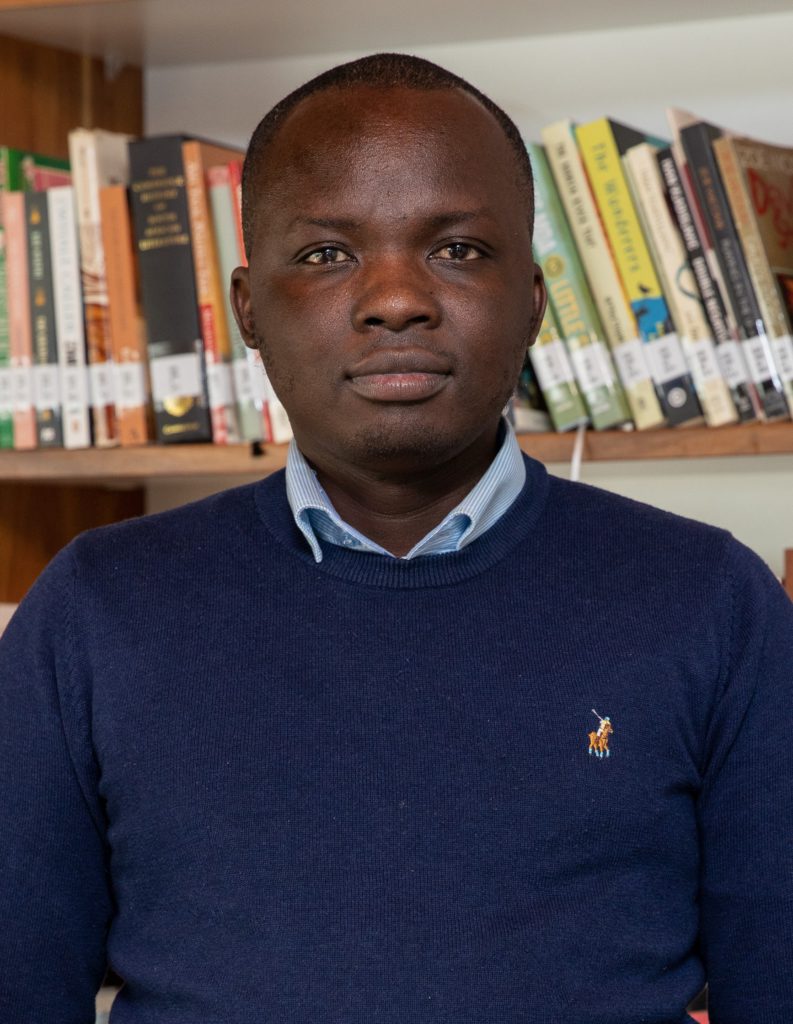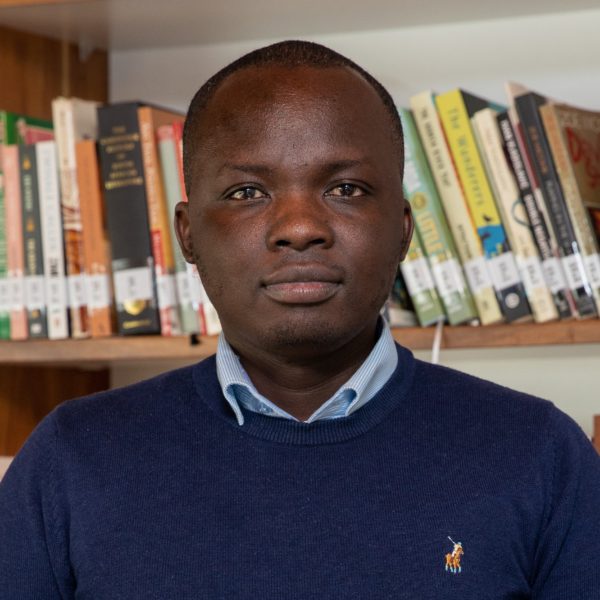Register here by 20 September 2022
Jerry Ochola, Senior Lecturer in the Department of Manufacturing, Industrial and Textile Engineering at Moi University, Kenya and Iso Lomso Fellow will present a public lecture with the title:
Computational Modelling of Tubular Fibrous Structures for Cardiovascular Graft Applications
 Abstract
Abstract
The design of tubular structures with desirable internal and external topology represents a challenge for tissue engineering of cardiovascular grafts. Conventional vascular grafts have the capability of providing sufficient structural and biological support to tissues; however, they are quite expensive and susceptible to anatomical limitations. Even though polymeric electrospun grafts are a viable option they have limitations in their design in terms of inherent properties such as: surface topography, mechanical properties, cell proliferation and cell growth potential. Hence the design of ideal vascular grafts involves creation of realistic models that would have optimised properties and performance. Even though, nanofibers form a major part of the internal structure of electrospun vascular grafts and influences their performance and mechanical behaviour. Current designs and in-vitro tests on grafts are mainly based on solid three-dimensional (3D) structures which does not consider their morphology. The development of electrospun grafts models at nanofiber level would therefore be more realistic for in-depth investigation their performance and further support seamless integration of electrospun structures as vascular implants. This project therefore aims to design and characterise tubular electrospun polymeric grafts at nanofiber level in python®, MATLAB® languages and commercial FE software- ABAQUS®/Explicit using 3D computational modelling and Finite Element Analysis (FEA). The results from the deformed 3D tubular graft models will be used to compute displacement, uniaxial forces, and stress-strains levels in the structures. It is expected that this research will provide designs of tubular electrospun vascular grafts for potential application in surgery, alongside computational models of tubular grafts.
Jerry Ochola is a Senior Lecturer in the Department of Manufacturing, Industrial and Textile Engineering at Moi University, Kenya. He holds a PhD in Materials Engineering from Ghent University, Belgium, with the project title: Mechanical Modelling of Tubular Biomedical Textile Structures for Repair of Ruptured and Degenerated Tendons. He has held postdoc fellowships as an Africa Research Excellence Fund (AREF) Fellow at the University of Cape Town, South Africa where he undertook the project: Development of Electrospun Fibrous Scaffold Structures for Cardiovascular Graft Applications. and also as a Committee for International Co-operation and Development (CICOPS) Fellow at the University of Pavia, Italy where he undertook the project: Fracture propagation studies in femur bone shaft using eXtended Finite Element Methods – XFEM. Ochola is a member of the fibrous structures standards committee at the Kenya Bureau of Standards and previously worked at the Kenya Industrial Research & Development Institute as a Research Scientist. His publications record includes journals, conference articles and two book chapters. He is also a reviewer for three journals and has supervised six MSc students.
For more information, contact Ms Nel-Mari Loock at 021 808 2652 or [email protected]

